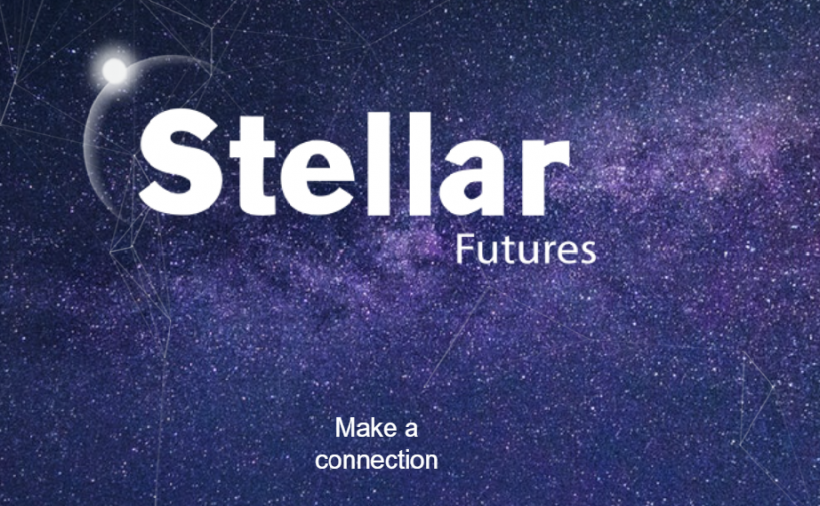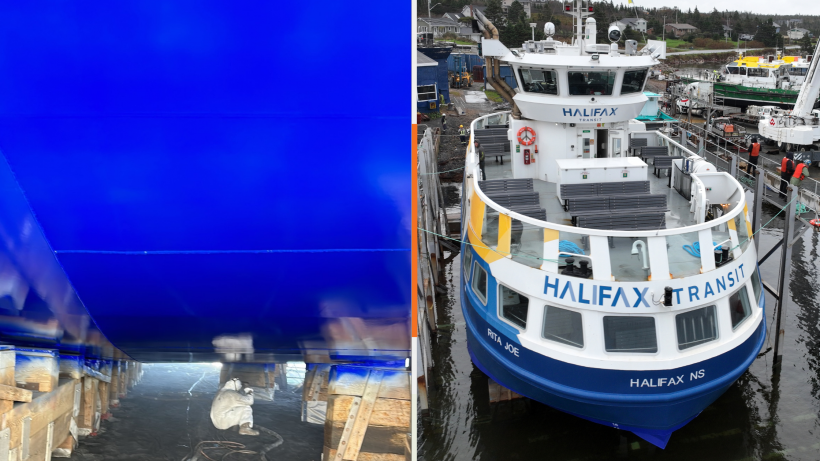Halifax’s Clean Valley CIC is extending a trial of its technology for growing algae in wastewater from land-based aquaculture pens with a major Portuguese operator.
Clean Valley Founder Nicholas LaValle said in an interview the test has been in progress for nine months and the two parties have agreed to continue for another six. LaValle’s goal is for Peniche, Portugal-based trial partner SEAentia to become a Clean Valley customer when the current deal expires.
The SEAentia project builds on similar, smaller-scale trials Clean Valley has conducted in Nova Scotia and New Brunswick. Previous tests have used effluent from oyster pens, though, while SEAentia farms a ray-finned fish called meagre.
“The idea of the project was, ‘Okay, we know it works for different species. But does it work in different environments? Does it work with different types of electrical systems and plumbing systems?’” said LaValle.
“That first six months was a huge point of validation. We were able to grow about 2 million cells of algae per millilitre … It proved to us, not only does the system work, but if we expanded it, it could grow a lot more.”
Clean Valley, LaValle notes, is far from the first company to explore using aquaculture effluent to farm microalgae (as opposed to macroalgae — seaweed). The idea dates back at least to the period of high oil prices between 2008 and 2010, when researchers briefly hoped to use algae to produce ethanol for biofuel.
One aspect of Clean Valley’s business that is unique, though, is how LaValle plans to use the algae produced: as fish food. Specifically, when Clean Valley tested its equipment in Atlantic Canada, it successfully fed the resulting algae back to the oysters.
The same approach would not work at the SEAentia facility because finned fish generally need animal protein, but the oyster farming market alone offers a use for the algae that is likely to prove more lucrative than other possible applications. Several of Clean Valley’s peer companies, for example, provide algae to the pharmaceutical industry, but the purity standards required are extraordinarily high, unlike for oyster feed.
“If there’s like one allergen, that entire batch can’t be sold,” said LaValle. “I think we chose a much simpler and more elegant solution.”
So far, Clean Valley has raised a friends and family round worth about $580,000, as well as tapping non-dilutive funding from various sources, and has five full-time equivalent employees.
The business is both a certified B Corp and a Community Interest Company, which is a legal designation that denotes enterprises designed from the ground up to have positive social impacts. In that vein, LaValle also hosted a couple of work co-op students from Dalhousie University over the summer. He is now hoping to extend their time at the company via a MITACS project.
In Europe, meanwhile, LaValle is using the SEAentia project as an opportunity to showcase Clean Valley’s system to industry players in Europe and is in talks to launch similar trials in the Netherlands and Denmark. A larger-scale project in Nova Scotia is also a possibility.
On the technical side, meanwhile, the research and development team's next major goal will be to design a system that cycles wastewater continuously, as opposed to the current design, which relies on a batch system.
“The only reason why we’re going to be able to do that over our competitors is we chose a polyculture — a community of algae (species) — versus a monoculture,” said LaValle. “Monocultures definitely have their benefits, primarily they’re easier to harvest … but obviously our harvesting method is just feeding it to oysters.
“The polyculture is also far more resilient and reliable than a monoculture, because if you have just one species, if any insects, parasites, disease or temperature fluctuation happens and that one species dies, your only way to treat the water is gone.”








